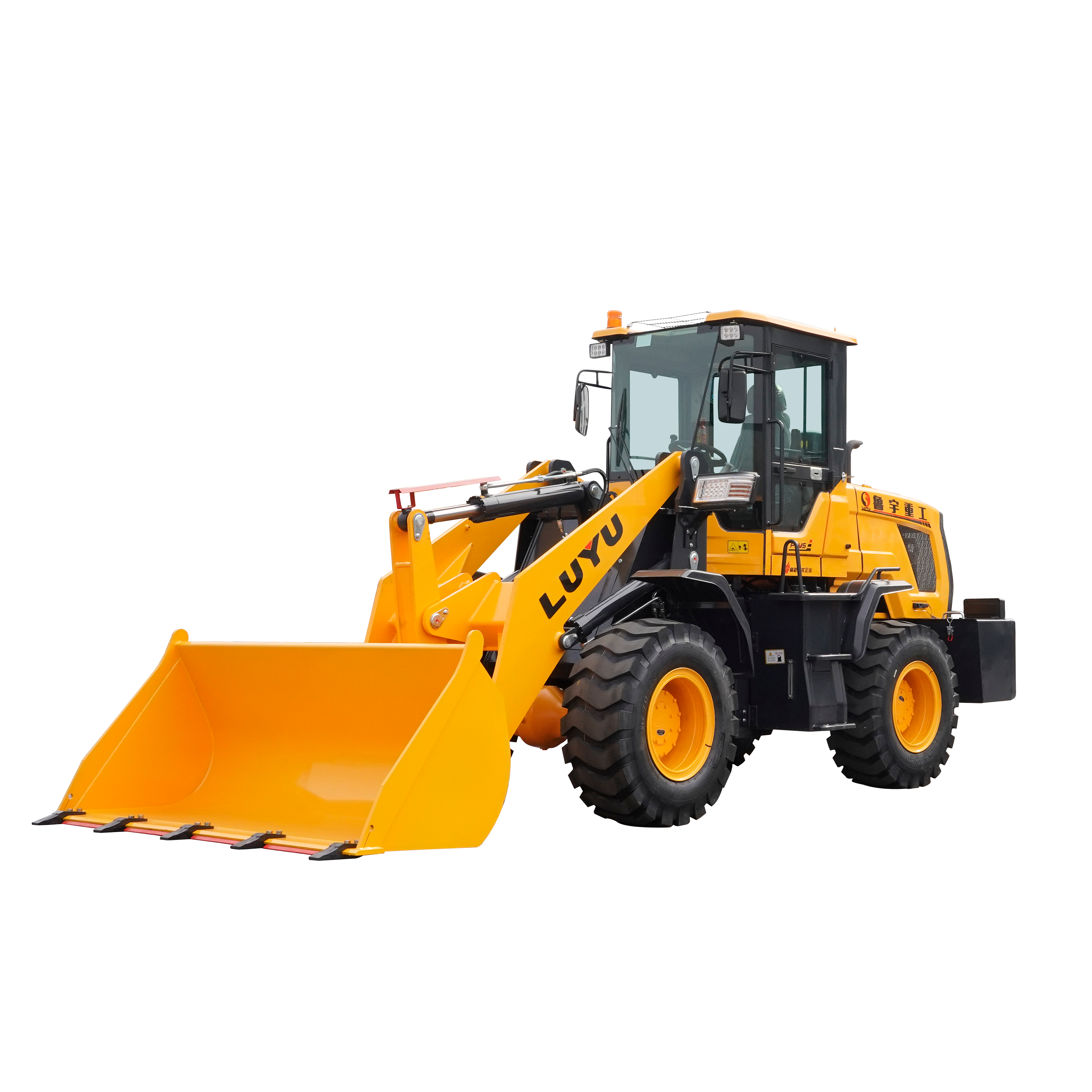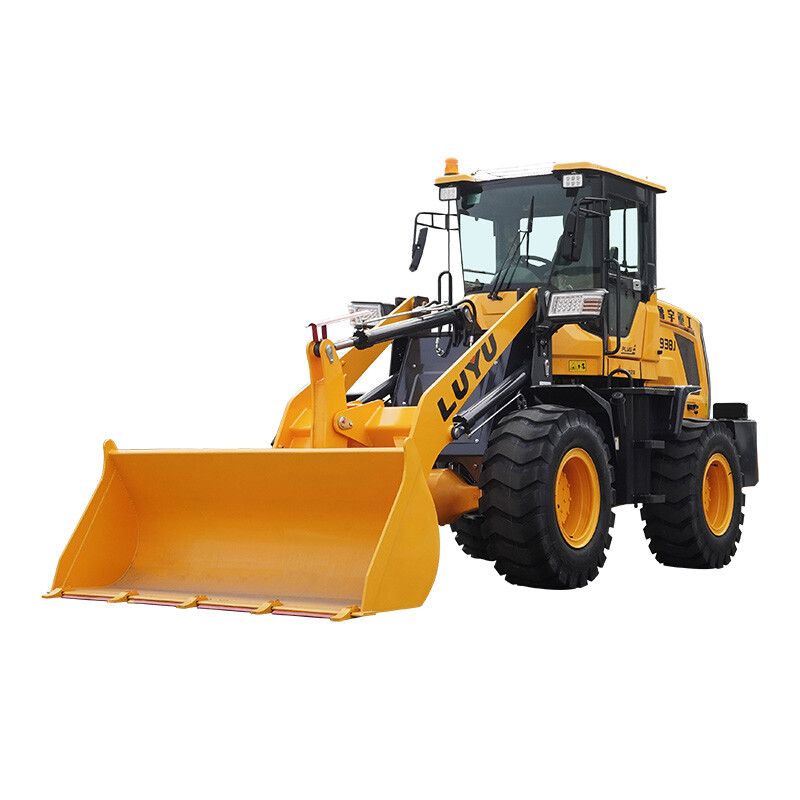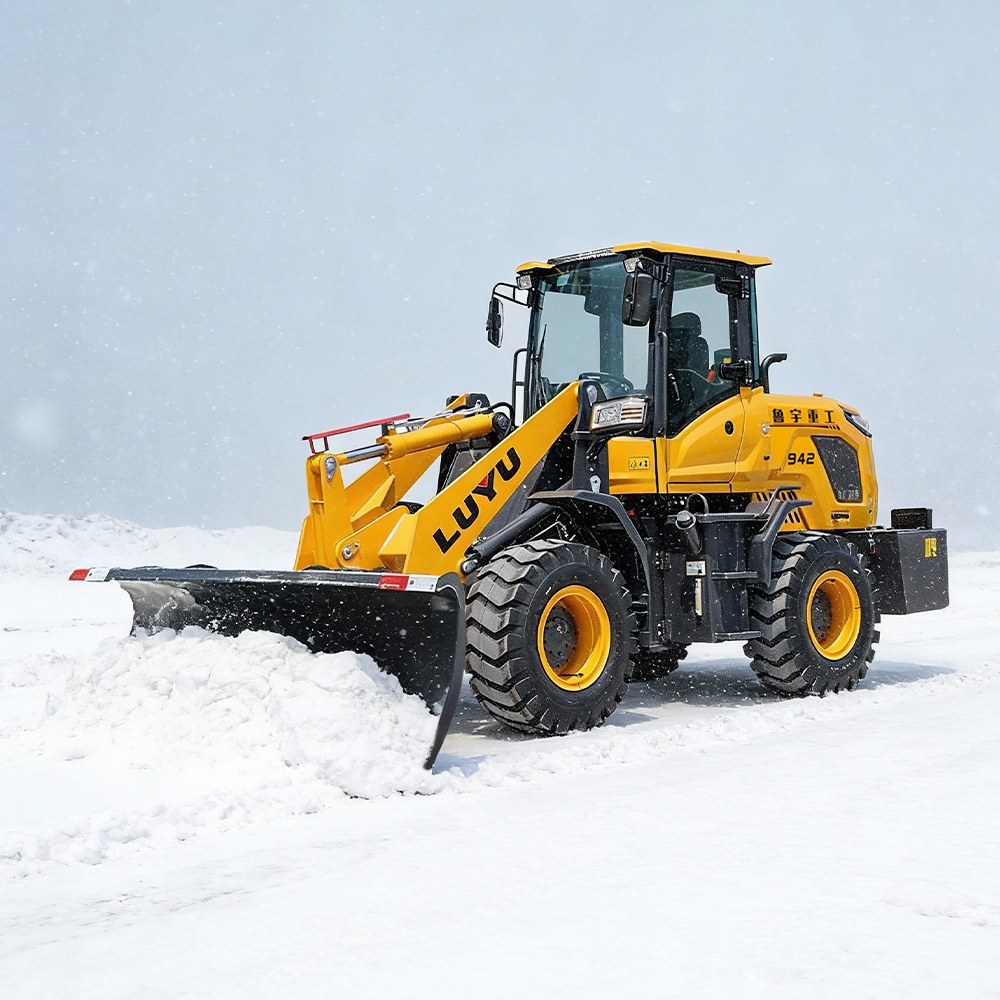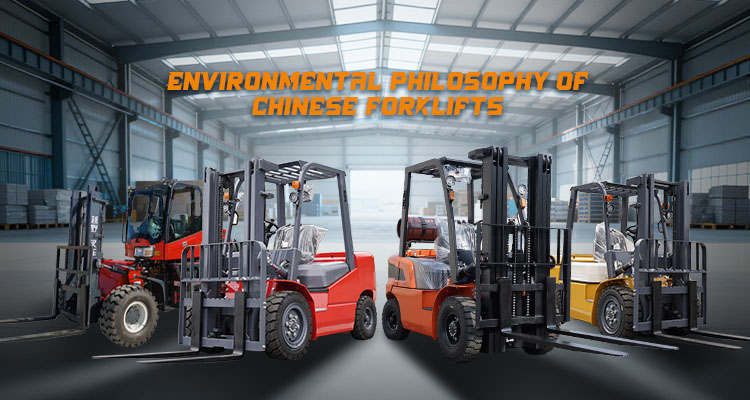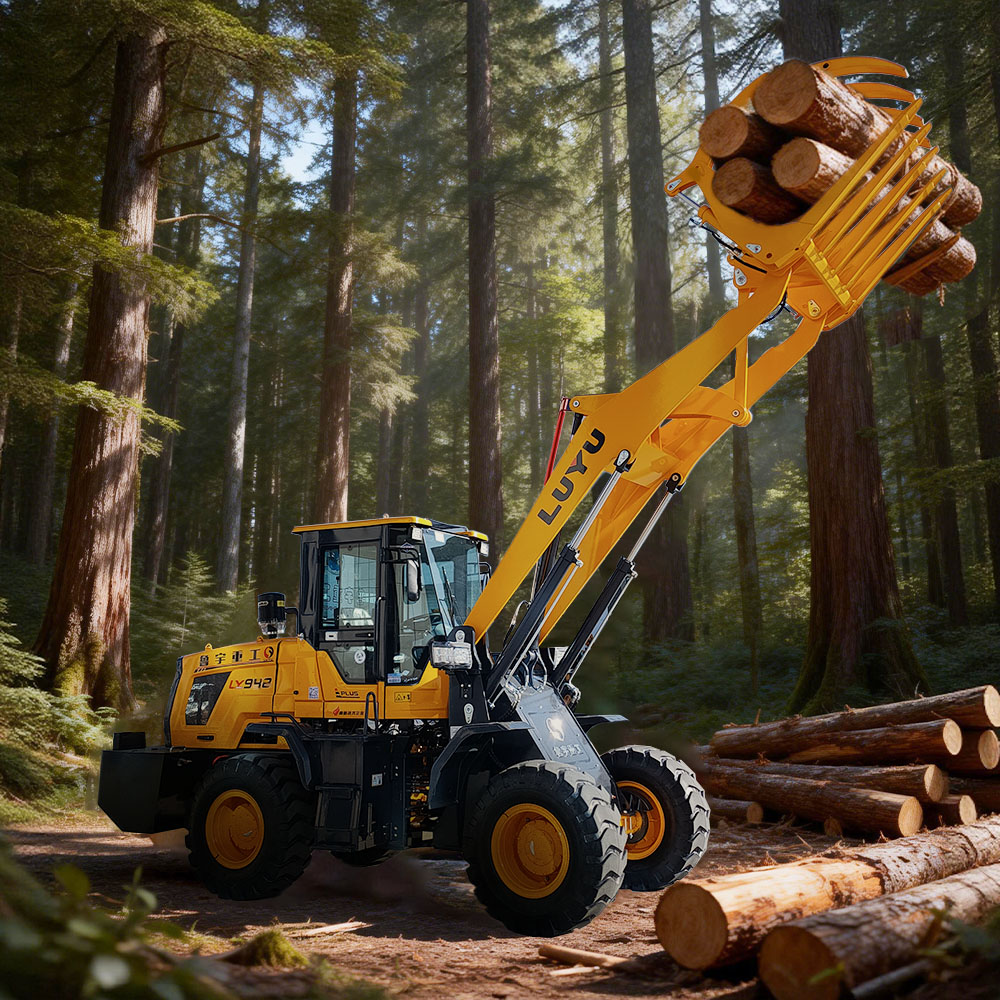NEWS
Difference between crawler excavator and wheel excavator
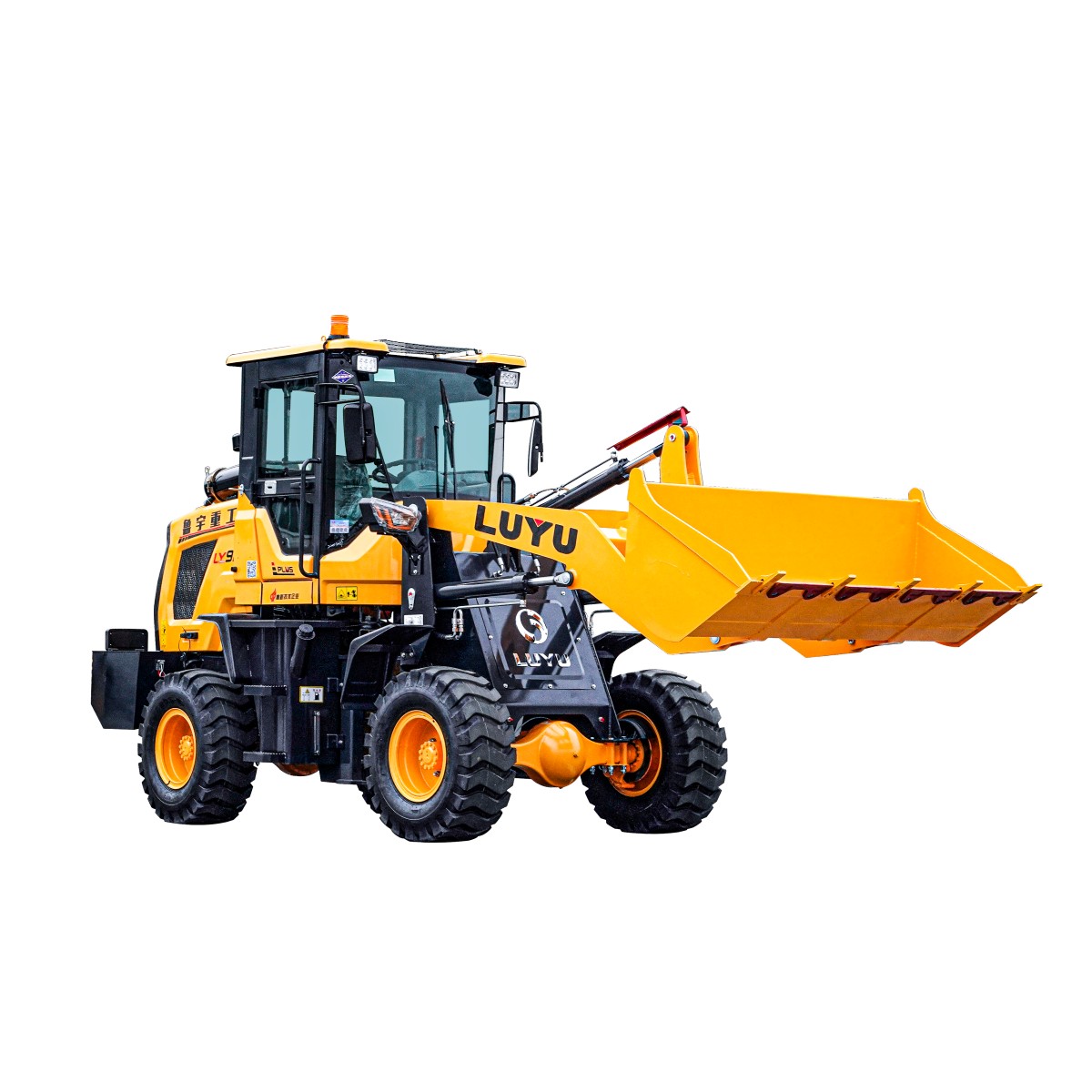

1. Structure and mode of movement
Crawler excavator:
Adopting metal track chassis, with large grounding area, low pressure to the ground and not easy to sink.
The steering is realized by the differential speed of both sides of the tracks, which is less flexible but more stable.
Wheeled Excavators:
Equipped with rubber tires and traditional steering system (steering wheel), fast moving speed (up to 30-40km/h), suitable for highway driving, but poor adaptability to soft ground.
2. Applicable terrain
Crawler excavator:
Good at complex terrain (such as mud, sand, steep slopes), preferred for mines and field sites.
Wheeled excavator:
Suitable for hardened roads (city roads, highways), better performance on flat or mildly rugged ground.
3. Operational performance
Crawler Excavator:
Strong traction, suitable for heavy-duty digging, long-time and high-intensity work (such as earthwork).
Wheeled excavator:
High mobility, suitable for light work (pipe laying, landscaping projects), but continuous heavy load may affect tire life.
4. Cost and Maintenance
Crawler excavators:
High purchase price (20%-30% more expensive than the same model), high cost of track replacement (a single track can cost tens of thousands of dollars),
and complicated maintenance (regular lubrication and tension adjustment are required).
Wheeled excavators:
High fuel efficiency (mobile energy consumption is more than 30% lower), lower tire replacement cost (about thousands of yuan per piece), and maintenance closer to ordinary vehicles.
5. Special scenario adaptability
Crawler excavator:
Wetland operation can be further reduced by widening the tracks to reduce the pressure, and optional heated track plates can be used to prevent freezing in severe cold areas.
Wheeled excavators:
Urban operation can be equipped with noise reduction kit, and short tail design is optional in narrow areas (reduce the turning radius to within 3 meters).
Key Consideration Dimensions for Selection
1. Analysis of the engineering environment
Terrain Assessment:
Soft/uneven ground (≥60% slope): must be tracked.
Hardened road surface is predominant: wheeled is more efficient.
Case reference: a coastal reclamation project with 80% wetland, a wider tracked model was selected, and the construction period was shortened by 15%.
2. Matching operation requirements
Task type:
Earthmoving volume >5000m³/month: crawler is more economical (low bench cost).
Municipal sporadic works (more than 2 times daily transfer): wheeled is better.
Attachment compatibility: heavy attachments such as crushing hammer are recommended to match crawler type (high chassis stability).
3. Mobility requirements
Frequency of transfer:
Average daily turnaround > 3 times: Wheeled can save 200+ hours of turnaround time per year.
Long-term fixed site: tracked type does not need to move frequently disadvantage.
4. Full cycle costing
Acquisition budget:
Initial investment sensitive projects (e.g. small contractors) may favor wheeled.
TCO Calculation:
A case study shows that wheeled TCO is 15% lower over a 5-year cycle (fuel + maintenance savings).
5. Regulatory and site constraints
Urban construction:
Subject to noise standards (e.g. EU Stage V), wheeled + noise reduction configurations are easier to comply with.
Space constraints:
Compact wheeled (body width <2.3m) for narrow sites (<6m access).
How to choose needs to consider several aspects?
The first is the engineering environment, whether the terrain is complicated and whether frequent movement is required.
If the terrain is rugged and soft, choose tracked; if the ground is hard and needs to be moved quickly, choose wheel excavator. In terms of operational requirements, tracked is preferred for heavy-duty work, and wheeled is preferred for light or medium-duty work. In terms of mobility, if long distances are required, wheeled is more suitable, while tracked requires a trailer.
In terms of budget, given the cost of purchase and maintenance, wheeled may be more economical if the budget is limited. For long-term construction, crawler excavators are more durable; for short-term projects, wheeled may be more flexible. There are also special needs, such as noise and space constraints, where wheeled may be better suited for urban environments.
Inquiry
Our manager will contact you within 30 minutes of working hours.
Related products
| Recommended News
 LUYU LY942 Wheel Loader — Engineered for Reliable Winter Operations2025-12-11For buyers working in cold climates, a wheel loader is not only judged by power and capacity — winter performance, cold-start reliability, and snow-handling efficiency are equally critical.
LUYU LY942 Wheel Loader — Engineered for Reliable Winter Operations2025-12-11For buyers working in cold climates, a wheel loader is not only judged by power and capacity — winter performance, cold-start reliability, and snow-handling efficiency are equally critical. How to Choose the Right Internal Combustion Forklift for Your Warehouse Operations in 2025?2025-12-10Selecting the right internal combustion (IC) forklift is essential for warehouse efficiency and industrial productivity. With options ranging from 1 to 10 tons, LUYU forklifts offer flexibility, durability, and high performance for modern operations.
How to Choose the Right Internal Combustion Forklift for Your Warehouse Operations in 2025?2025-12-10Selecting the right internal combustion (IC) forklift is essential for warehouse efficiency and industrial productivity. With options ranging from 1 to 10 tons, LUYU forklifts offer flexibility, durability, and high performance for modern operations. How to Choose the Right Log Loader? Key Factors to Consider2025-12-04Selecting a log loader is very different from choosing a standard wheel loader. Timber handling involves irregular loads, frequent swings, constant hydraulic operations, and long working hours.
How to Choose the Right Log Loader? Key Factors to Consider2025-12-04Selecting a log loader is very different from choosing a standard wheel loader. Timber handling involves irregular loads, frequent swings, constant hydraulic operations, and long working hours. How do you choose the right small diesel forklift for your factory or warehouse?2025-12-04With LUYU forklifts, you can find small-ton diesel models designed specifically for factory and warehouse use, offering durability, reliability, and smooth operation.
How do you choose the right small diesel forklift for your factory or warehouse?2025-12-04With LUYU forklifts, you can find small-ton diesel models designed specifically for factory and warehouse use, offering durability, reliability, and smooth operation.
Send Your Inquiry

